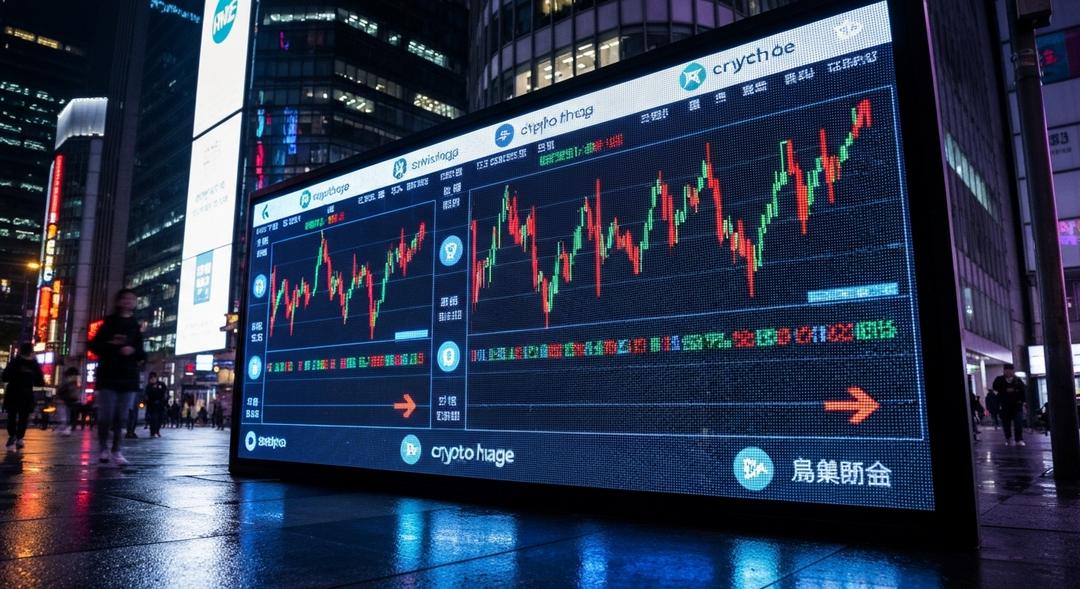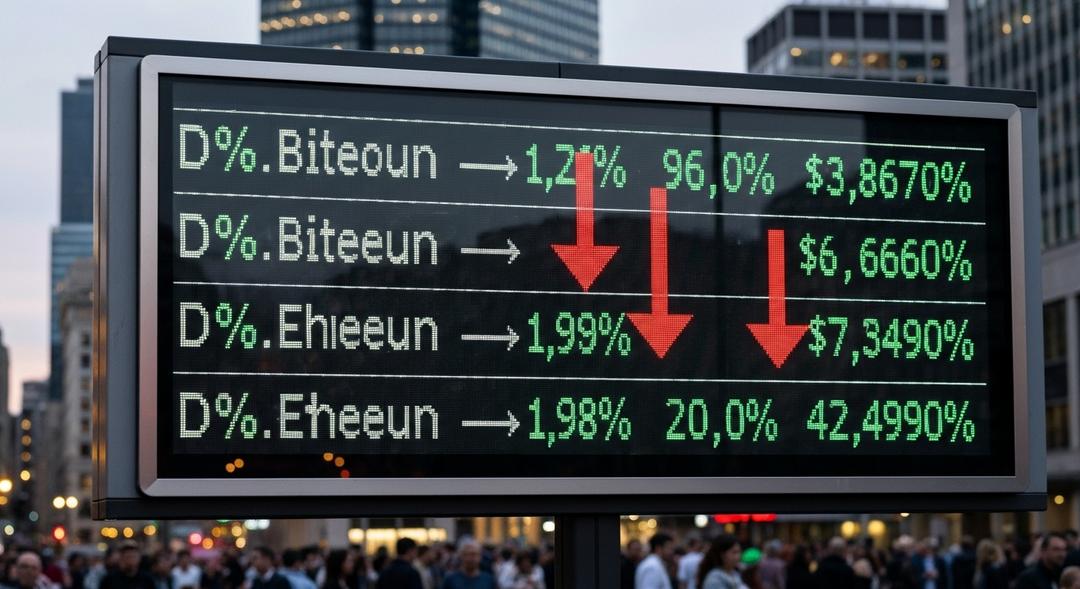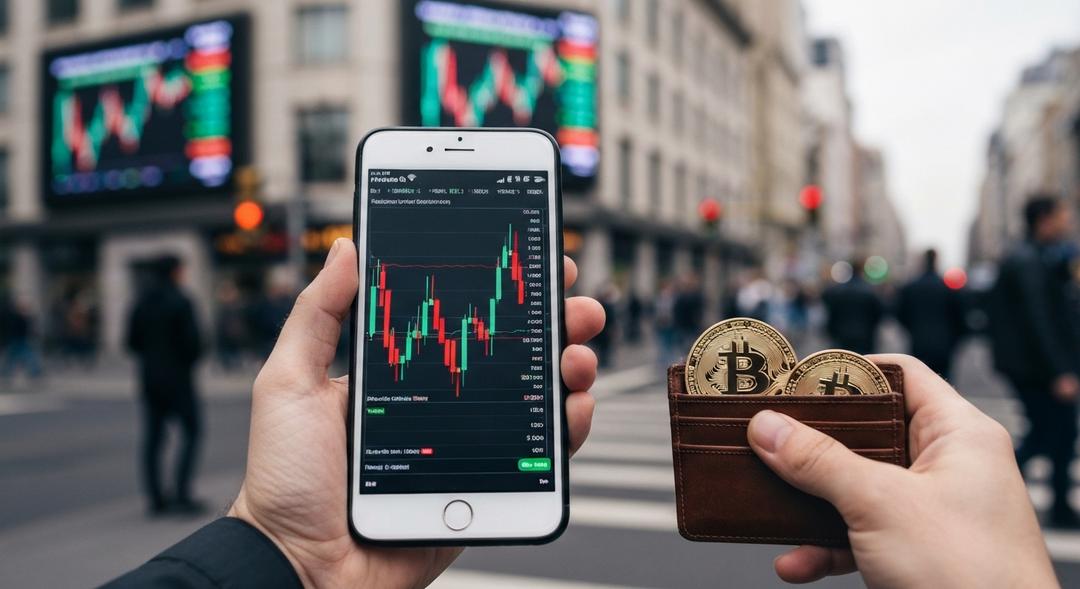Crypto markets in Asia are witnessing a surge in leveraged trading activity. Investors and financial analysts are closely monitoring how this impacts overall market stability.
Recent market movements have brought leverage levels back to those typically seen during bull runs. Observers note that as the demand for leveraged positions grows, so does the risk of rapid and substantial price swings.
A quarterly review by Galaxy Research recorded a sharp increase in crypto-collateralized loans. Last quarter, these loans jumped by 27 percent, reaching a total of $53.1 billion. This spike marked the highest point since early 2022, driven largely by expanding activity in decentralized finance lending.
The resurgence in leverage set the stage for an abrupt correction. Bitcoin recently fell from $124,000 to roughly $118,000, triggering over $1 billion in liquidations within the crypto derivatives sector. Analysts have described this as a healthy round of profit-taking, rather than the start of a market reversal.
Despite the reassurance, the rapid liquidation underscored how quickly leverage can introduce fragility into the system.
Galaxy analysts highlighted emerging stress points related to these shifts. In July, a wave of withdrawals affected the Aave lending platform. As a result, borrowing rates for ether temporarily spiked, exceeding what investors could earn from staking the currency.
This caused one popular strategy—using staked ether as collateral to borrow more ether—to break down economically. Investors responded by quickly unwinding their positions, leading to a backlog for withdrawals in the Ethereum Beacon Chain, with the exit queue lengthening to about 13 days.
Concurrently, borrowing costs for USD Coin in the over the counter market have climbed since July. This happened even as onchain lending rates stayed mostly unchanged, creating a rare gap between these two markets.
The divergence points to stronger demand for dollars in offchain transactions than what exists on decentralized exchanges. Analysts say such mismatches could worsen volatility, especially if overall liquidity tightens in coming weeks.
While stress points have become more visible, institutional demand for crypto still appears robust. Inflows into exchange traded funds and sustained interest from larger investors continue to offer strong support for current prices.
Some market strategists view these inflows as positive signals for the future of digital assets.
Nevertheless, ballooning loan totals and increasing concentrations of lending power draw attention from risk managers and watchdogs. Sudden outflows or market shifts could expose weaknesses in liquidity, particularly between DeFi platforms and traditional OTC markets.
Thursday’s large-scale liquidations served as a critical reminder of how quickly leverage can act as a double-edged sword. As traders pile on risk, sudden changes in sentiment or minor corrections may amplify losses, rippling through both centralized and decentralized parts of the crypto ecosystem.
Such volatility emphasizes the need for keen risk assessment by both individual investors and major institutions involved in these markets.
Market activity also points to signs of risk management strategies evolving. For example, Bitcoin held near $118,000, showing resilience even as broader financial markets slowed ahead of the Jackson Hole speech by United States Federal Reserve Chair Jerome Powell.
Meanwhile, demand for ether remains strong, with a record $3.8 billion worth queued for unstaking. This backlog, now stretching up to 15 days, reflects both the popularity of staking rewards and investors’ readiness to cash in profits when market conditions tip.
Gold, too, has come into focus, consolidating above technical support levels due to recent inflation data and questions about future interest rate movements. This interplay of different assets continues to shape the risk appetite and strategies of investors throughout the region.
Ongoing interest in stablecoins and new blockchain ventures also signals growing institutional participation. Companies are adapting with a flurry of new product launches and strategic investments, adding to the vibrant evolving narrative in Asia’s digital asset landscape.
Opportunities abound for both novices and seasoned traders looking to Start Cloud Mining as an accessible way to participate in the expanding crypto economy.
Conclusion
The resurgence of leverage in Asian crypto markets has brought with it renewed opportunities and heightened risk. Increased borrowing and advancing technology have built a dynamic but sometimes fragile system where shifts can happen suddenly.
Analysts and investors alike remain alert to the signals of volatility that accompany rising leverage, mindful that robust institutional flows and innovative products continue to underpin the digital asset world. These market changes highlight the importance of vigilance and adaptability for anyone involved in the fast-paced world of cryptocurrency.

Ewan’s fascination with cryptocurrency started through his curiosity about innovative technologies reshaping the financial world. Over the past four years, he has specialized in cloud mining and crypto asset management, diving deep into mining contracts, profitability analysis, and emerging trends. Ewan is dedicated to helping readers understand the technical and economic aspects of crypto mining, making complex information accessible and actionable.




